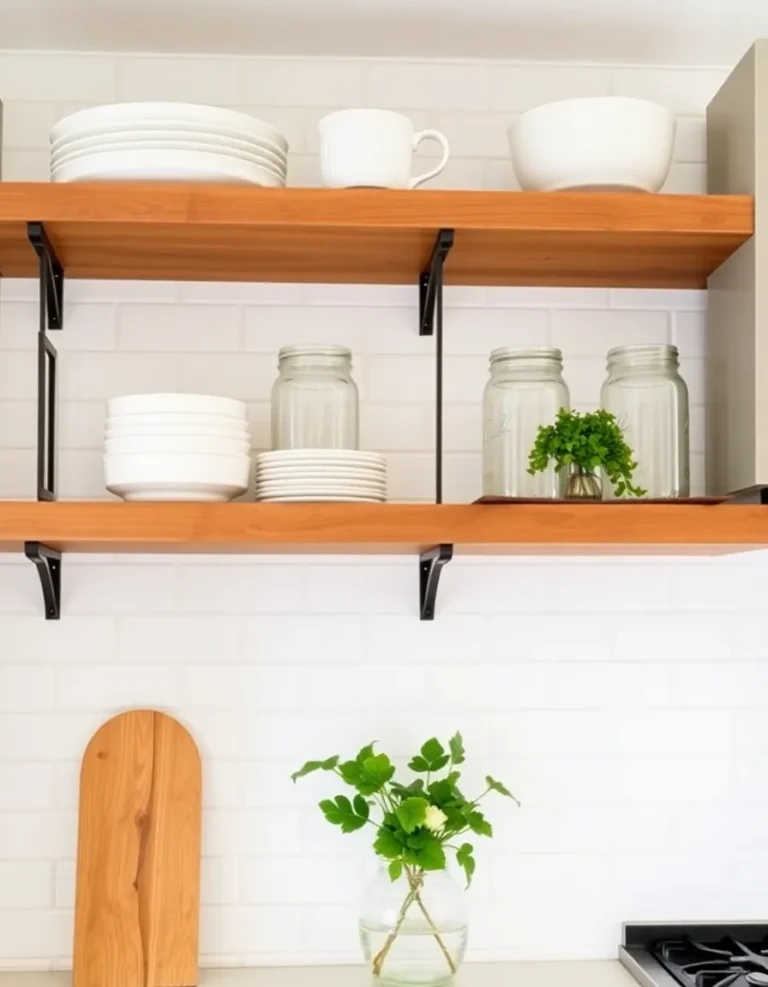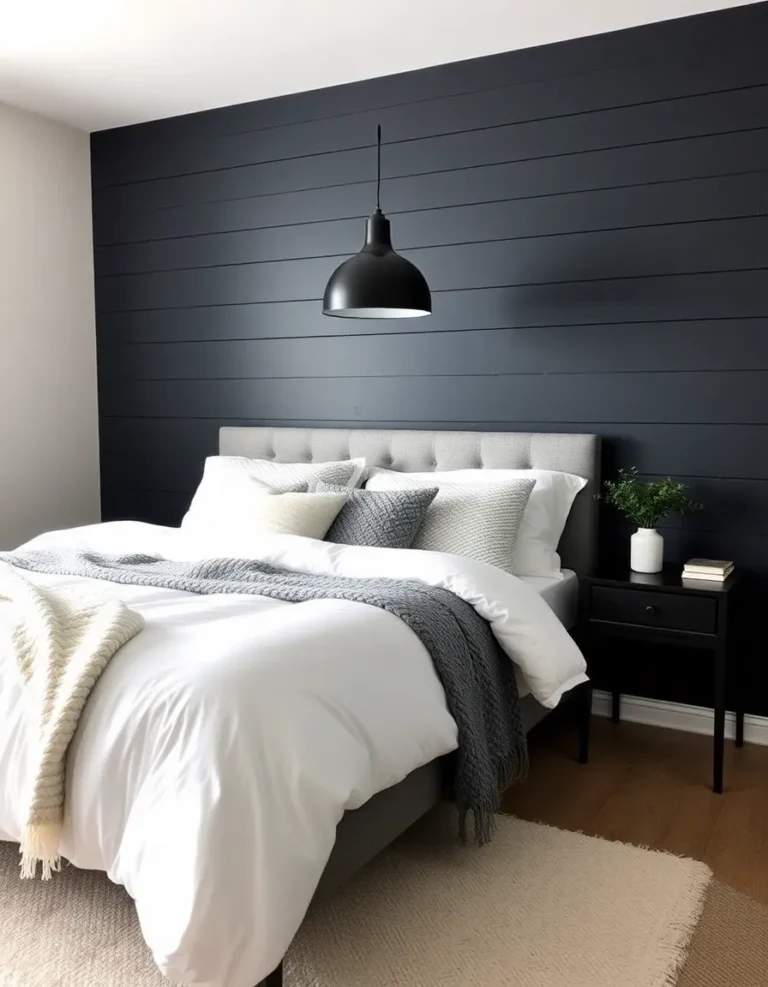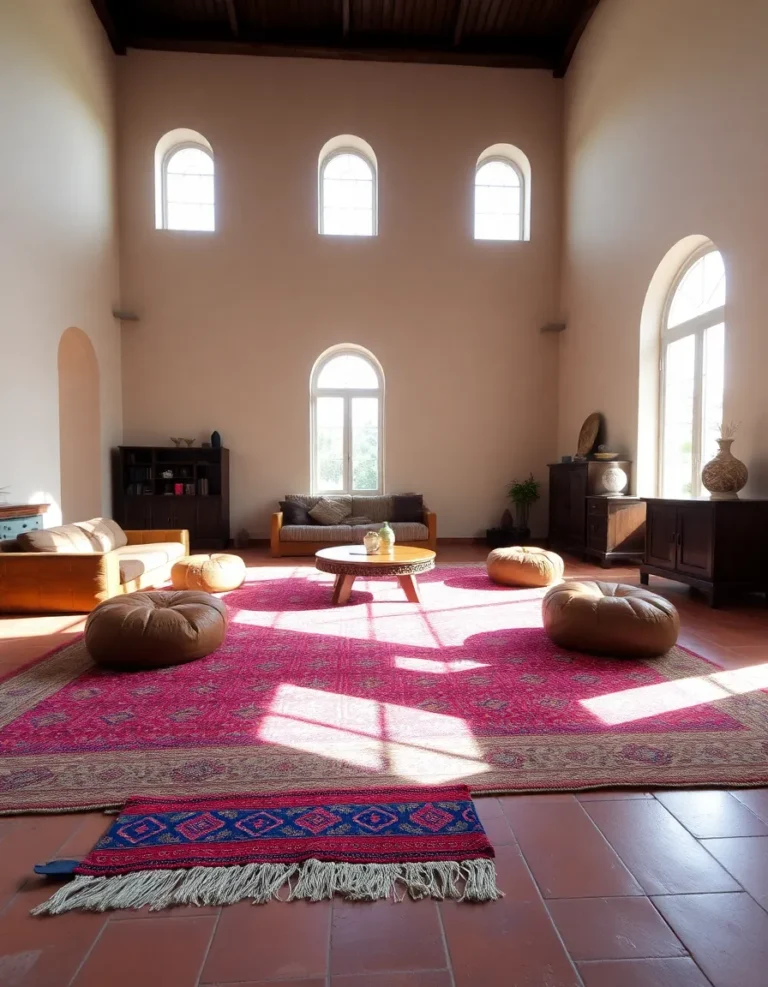Vintage Finds: Where to Source 70s Furniture and Accessories
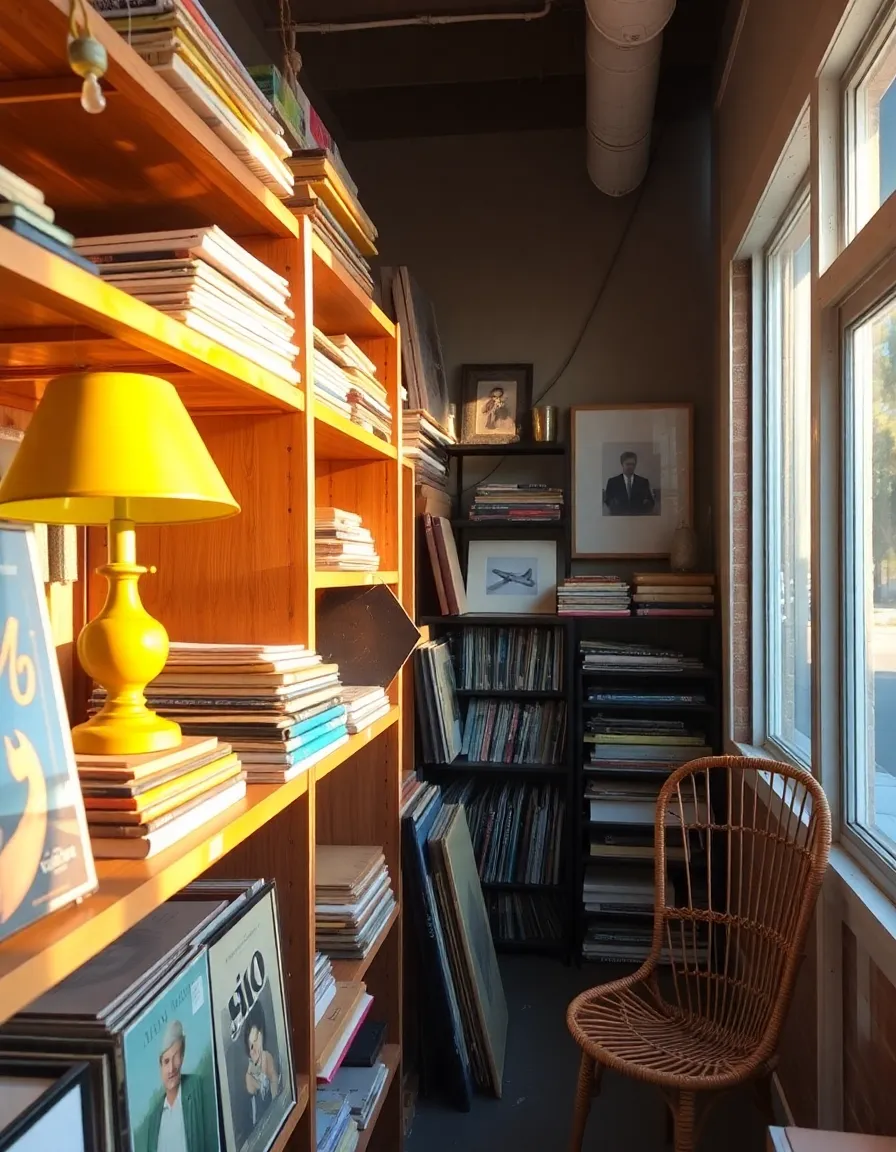
Ah, the 70s—the decade that gave us disco, bell-bottoms, and some of the most iconic furniture designs ever. If you’re like me, you’ve spent way too much time scrolling through Pinterest, drooling over those plush orange sofas, funky geometric patterns, and wood-paneled everything. But here’s the thing: finding authentic 70s furniture and accessories isn’t as easy as stumbling upon a forgotten basement stash (though wouldn’t that be nice?).
So, where do you start? Whether you’re a seasoned vintage hunter or just dipping your toes into the world of retro decor, I’ve got your back. From thrift stores to online marketplaces, let’s dive into the best places to score those perfect 70s gems—without breaking the bank or ending up with a “vintage-inspired” piece that screams “IKEA with extra steps.”
1. Thrift Stores & Charity Shops: The Treasure Hunt
Let’s be real—thrift stores are the holy grail for vintage finds. Sure, you’ll sift through a lot of questionable knick-knacks, but that’s part of the fun, right? I’ve lost count of how many times I’ve walked into a thrift store “just to browse” and walked out with a rattan chair that barely fit in my car. Worth it.
Here’s the deal: consistency is key. The best finds often go fast, so make thrifting a regular habit. Hit up stores in affluent neighborhoods—they tend to have higher-quality donations. And don’t skip the smaller, independent charity shops. They’re less picked-over than big chains like Goodwill.
Pro tip: Befriend the staff. They might give you a heads-up when new stock arrives or even hold items for you. It’s all about who you know (and how often you bring them coffee).

2. Flea Markets & Swap Meets: The OG Vintage Scene
If thrift stores are the appetizer, flea markets are the main course. There’s something magical about wandering through rows of vendors, haggling over a mid-century side table, and pretending you’re in an episode of Mad Men. Flea markets are where you’ll find the real gems—pieces with history, character, and maybe even a few scratches to prove it.
My personal favorite? The early bird rule. Get there when the gates open, because the best stuff disappears fast. Bring cash (vendors love it), wear comfy shoes, and don’t be afraid to negotiate. Most sellers expect it, and hey, the worst they can say is no.
Look for:
- Wooden furniture with that unmistakable 70s vibe—think teak, walnut, or even that funky faux-wood laminate.
- Textiles like shag rugs, macramé wall hangings, or psychedelic-patterned curtains.
- Lighting—anything with a space-age or earthy organic shape.
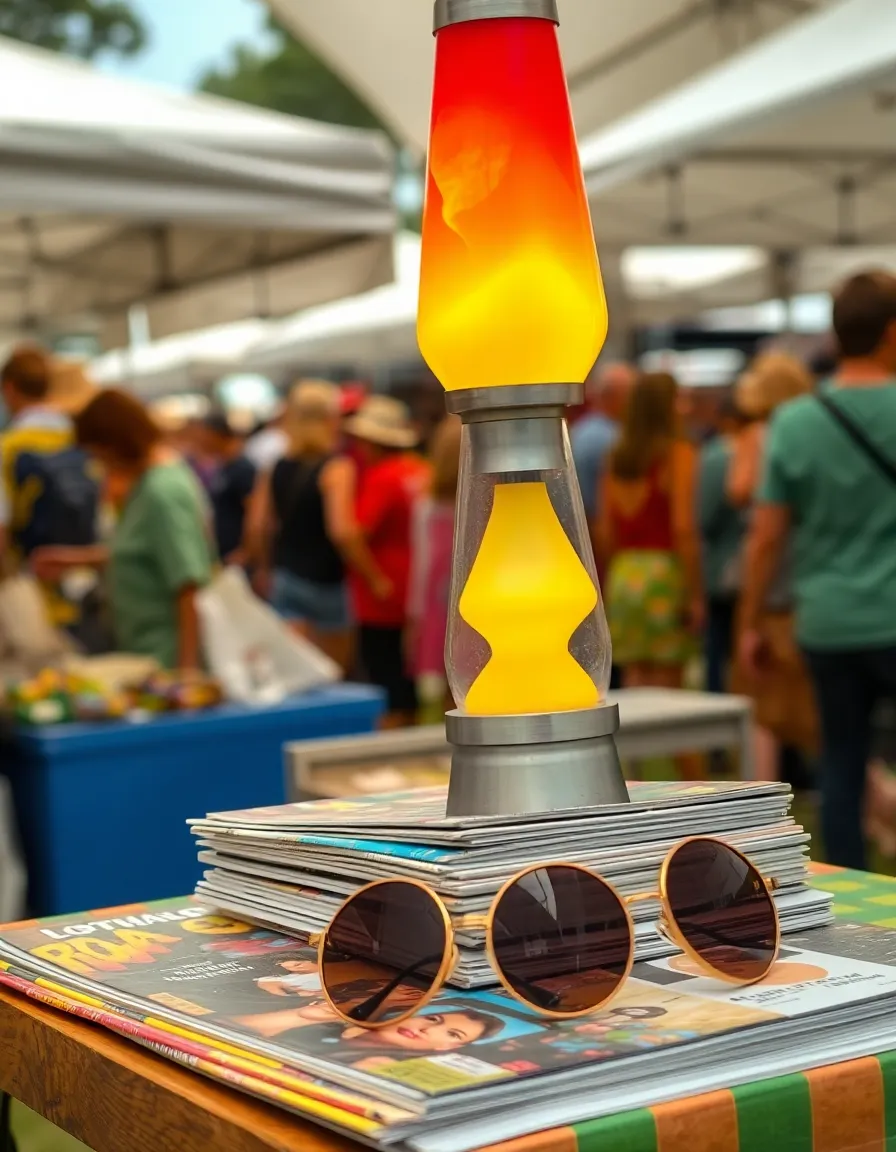
3. Online Marketplaces: Vintage Shopping in Your Pajamas
Okay, I get it—sometimes you just don’t feel like leaving the house. Luckily, the internet is a goldmine for 70s furniture and accessories. Sites like Etsy, eBay, and even Facebook Marketplace are packed with sellers who’ve already done the digging for you. The downside? You can’t inspect the item in person, so you’ll need to be extra careful.
Here’s how to avoid scams or overpriced “vintage-style” knockoffs:
- Check the seller’s reviews. If they have a history of happy customers, you’re probably safe.
- Ask for detailed photos—especially of any damage. A honest seller won’t mind.
- Compare prices. Just because something is listed as “rare” doesn’t mean it’s worth your rent money.
And don’t sleep on local pickup options. You might score a better deal if you’re willing to drive a bit. I once drove two hours for a perfectly preserved avocado-green rotary phone. No regrets.
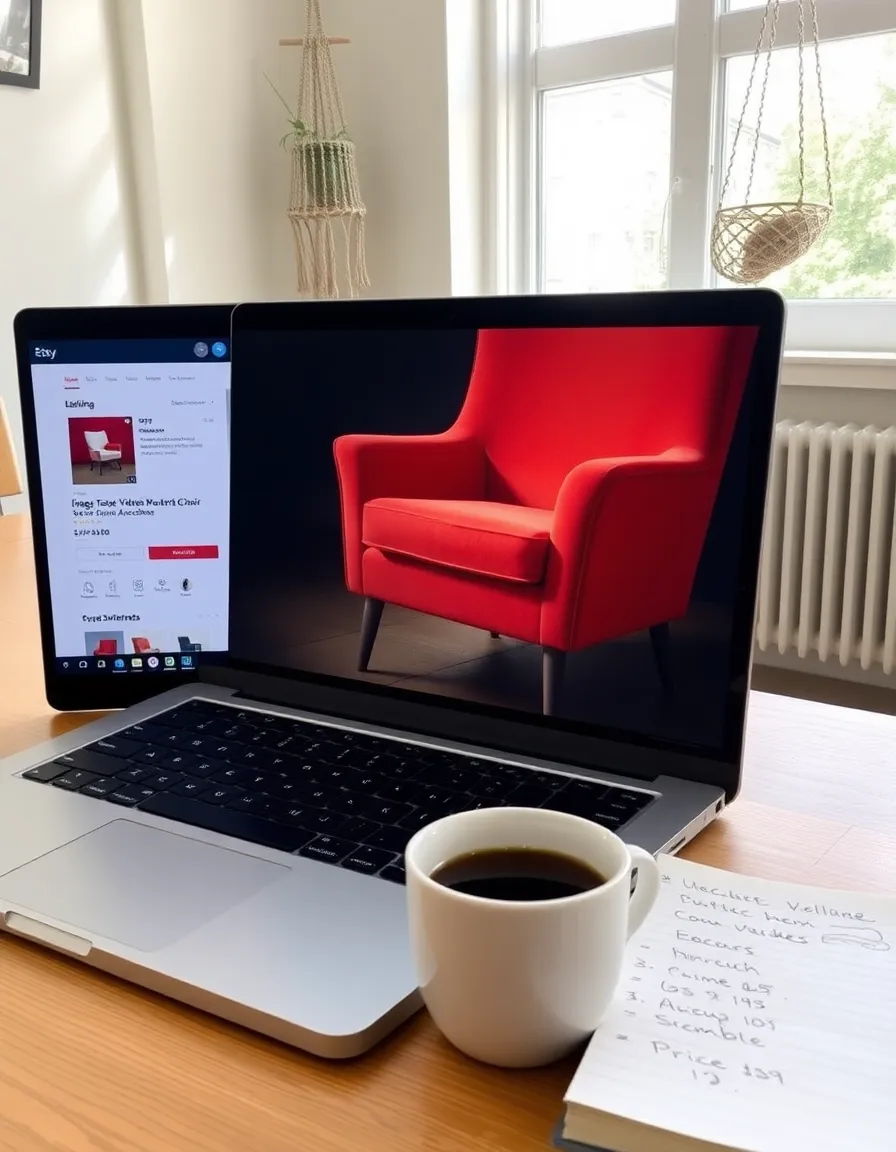
4. Estate Sales & Auctions: The Hidden Jackpot
Estate sales are like thrift stores on steroids. When someone’s entire home is up for grabs, you know you’re in for some serious vintage treasure. These sales often happen when older folks downsize or pass away, meaning you’ll find well-preserved pieces from their prime—aka the 70s.
But here’s the catch: you’ve got to move fast. Estate sales usually last a weekend, and the good stuff goes quick. Sign up for local estate sale newsletters or follow companies on social media to get early previews. Some even let you RSVP for early access (worth the extra fee, IMO).
Auctions, on the other hand, are a bit more unpredictable. You might score an amazing deal, or you might get caught in a bidding war over a vinyl record collection. Either way, it’s thrilling. Just set a budget beforehand—auction fever is real, my friend.
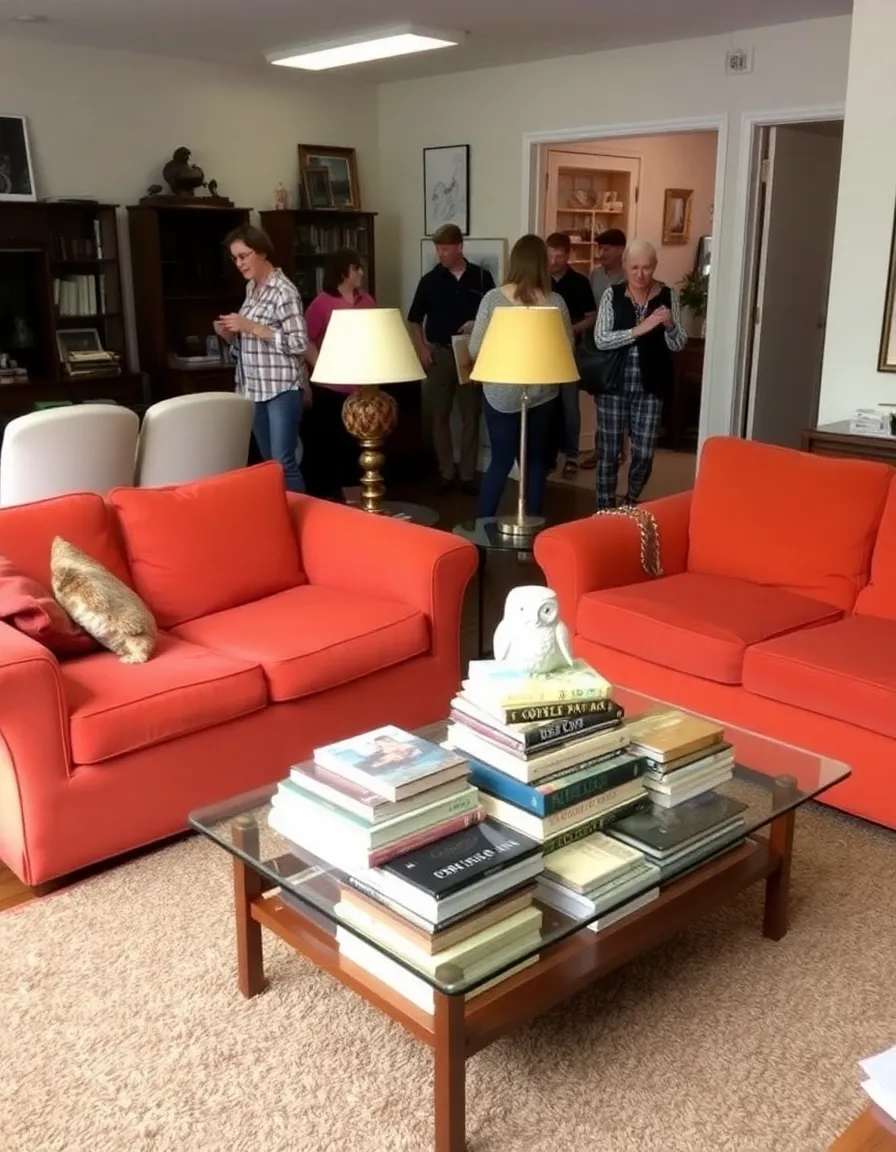
5. Specialty Vintage Stores: Curated & Pricier
If you’re tired of digging through piles of questionable items, specialty vintage stores are your best bet. These shops do the hard work for you—curating the best 70s pieces and (usually) restoring them to their former glory. The downside? You’ll pay a premium for the convenience.
That said, I’ve found some of my favorite pieces this way. There’s something reassuring about buying from a store that knows its stuff. Plus, they often have Instagram accounts where they post new arrivals, so you can stalk their feed like it’s your job (no judgment here).
Look for stores that specialize in mid-century or retro furniture. Some even offer delivery, which is a lifesaver when you’re eyeing that massive sectional sofa.
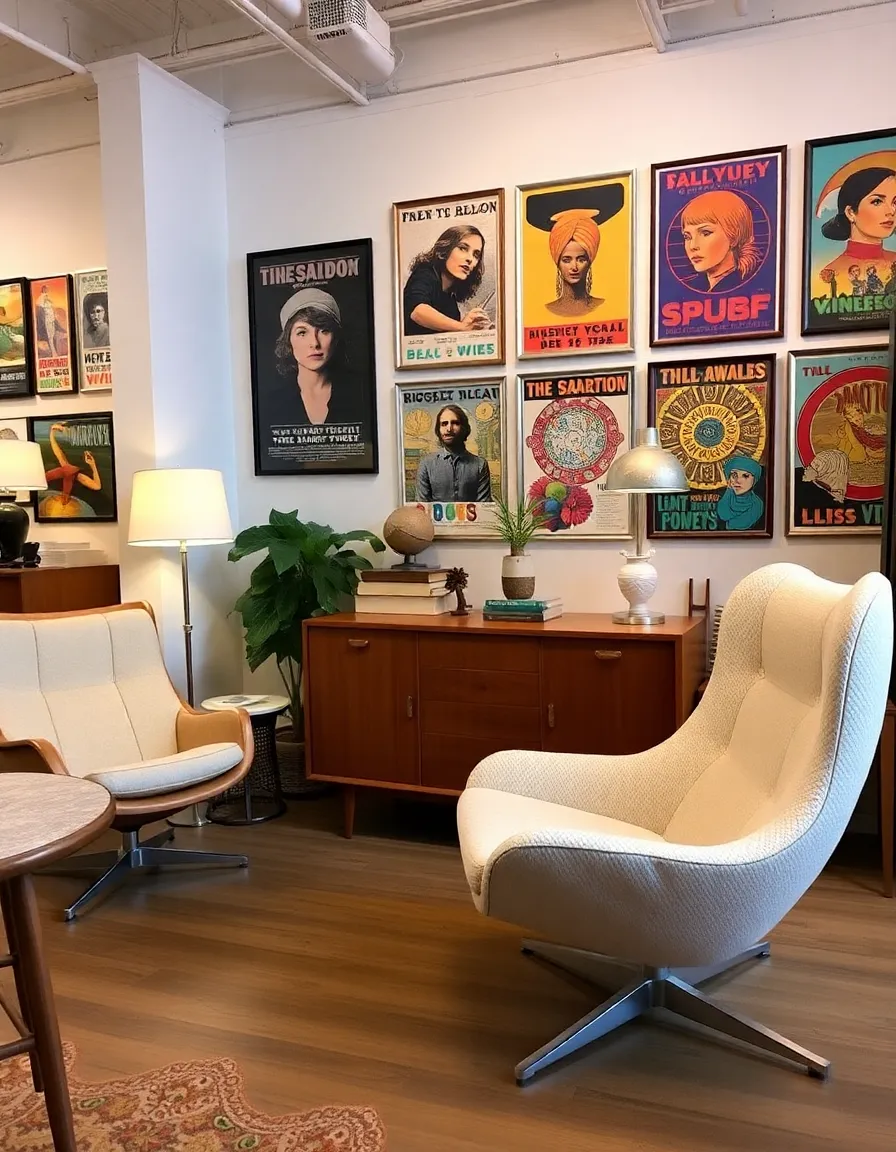
6. DIY & Upcycling: Make It Your Own
Okay, hear me out—sometimes the perfect 70s piece isn’t quite perfect. Maybe it’s the wrong color, or it’s seen better days. That’s where DIY comes in. With a little creativity (and maybe a YouTube tutorial or two), you can transform a thrifted find into your dream decor.
I once rescued a dingy old coffee table, sanded it down, and stained it a rich walnut. Now it’s the centerpiece of my living room. Not bad for $20 and a weekend of work, right? Here are some easy upcycling ideas:
- Reupholster chairs with funky 70s-inspired fabric.
- Paint wooden furniture in bold, period-appropriate colors like mustard or olive green.
- Replace hardware on dressers or cabinets with vintage-style pulls.
Just remember: some pieces are better left original. If you stumble upon a pristine Eames chair, maybe don’t go wild with the spray paint.
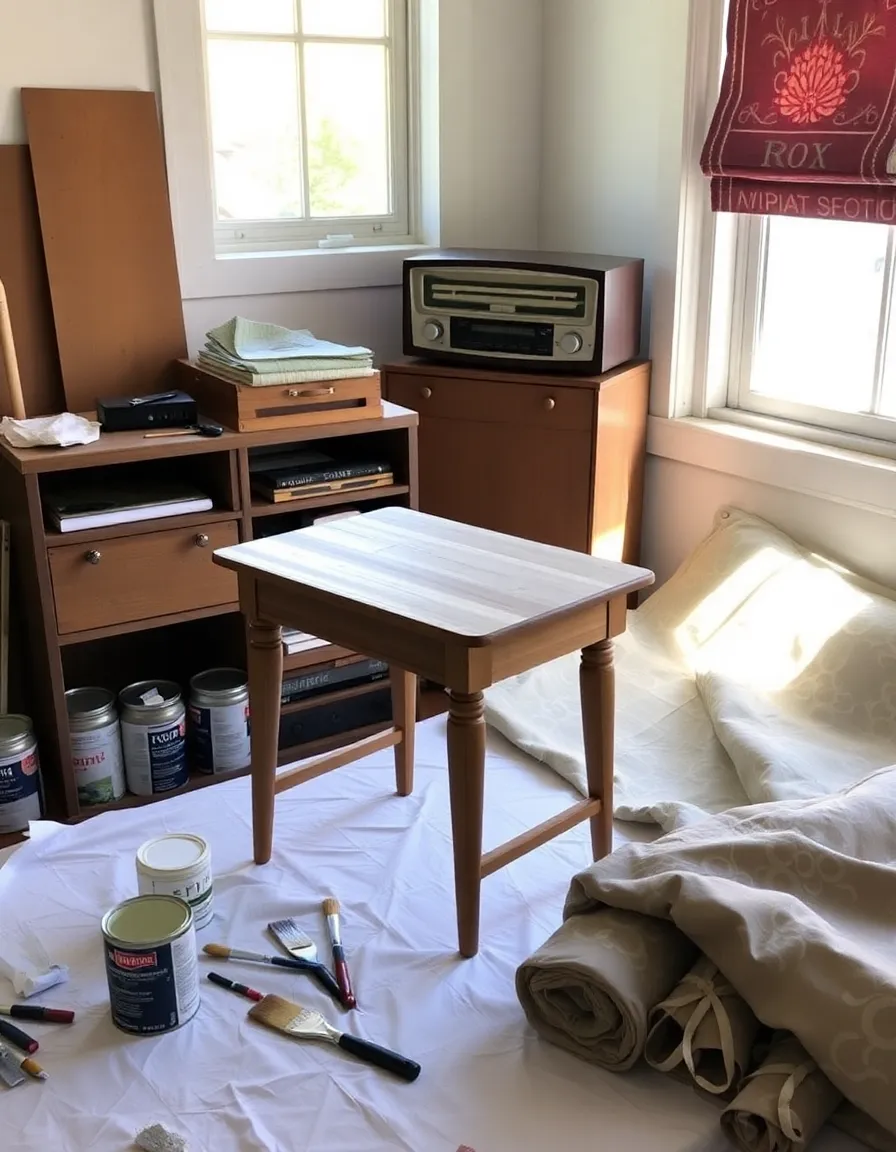
And there you have it—your ultimate guide to sourcing 70s furniture and accessories like a pro. Whether you’re thrifting, browsing online, or getting crafty, the key is to have fun with it. After all, vintage hunting is as much about the journey as it is about the finds. Now go forth and fill your home with all the shag rugs and macramé your heart desires. Happy hunting!

